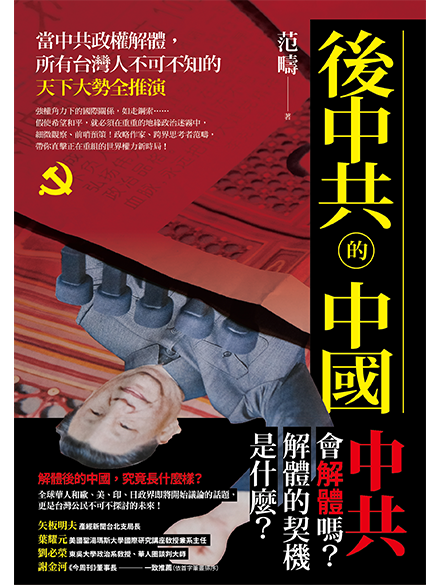GPT is set up by The Ministry of Culture to encourage the publication of Taiwanese works in translation overseas, to raise the international visibility of Taiwanese cultural content, and to help Taiwan's publishing industry expand into non-Chinese international markets.
Applicant Eligibility: Foreign publishing houses (legal entity) legally registered or incorporated in accordance with the laws and regulations of their respective countries.
Conditions:
1. The so-called Taiwanese works must meet the following requirements:
A. Use traditional characters
B. Written by a natural person holding an R.O.C. identity card
C. Has been assigned an ISBN in Taiwan
i.e., the author is a native of Taiwan, and the first 6 digits of the book's ISBN are 978-957-XXX-XXX-X, 978-986-XXX-XXX-X, or 978-626-XXX-XXX-X.
2. Applications must include documents certifying that the copyright holder of the Taiwanese works consents to its translation and foreign publication (no restriction on its format).
3. A translation sample of the Taiwanese work is required (no restriction on its format and length).
4. If applications use the fully translated English version of the book selected into “Books from Taiwan” to be published directly or translated into other languages, or uses its excerpt translated English version to translate the entire text into English or other languages for publication, please state it in applications, and apply for authorization from the Ministry of Culture. It is still necessary to provide documents certifying that the copyright holder of the Taiwanese work consents to its translation and foreign publication.
5. The translated work must be published within two years, after the first day of the relevant application period.
Grant Items:
1. The maximum grant available for each project is NT$600,000, which covers:
A. Licensing fees (going to the copyright holder of the Taiwanese works);
B. Translation fees;
C. Marketing and promotion fees (applicants for this funding must propose a specific marketing promotion plan and complete the implementation before submitting the grant project results; those whose plans include talks or book launching events attended by authors in person will be given priority for grants);
D. Book production-oriented fees;
E. Tax (20% of the total award amount);
F. Remittance-related handling fees.
2. Priority consideration is given to books that have received the Golden Tripod Award, the Golden Comic Award, the Taiwan Literature Award, books on Taiwan’s culture and history, or series of books.
3. Grant recipients who use the fully or excerpt translated English version of the book selected into “Books from Taiwan” will be authorized to use it for free. For those who use the fully translated English version for publication, the grant does not cover translation fees; for those who use the excerpt translated English version, the translation fee is limited to the length of the book that has not yet been translated, and its grant amount will be adjusted based on the length of the entire text.
4. The grant will be given all at once after the grant recipients submit the following written documents to the Ministry before the submission deadline in accordance with article III, paragraph 6 of this application guidelines:
A. Paper receipt with signature or stamp (format given along with the Ministry's formal announcement);
B. A detailed list of expenditures, sales volume (or expected sales volume) of translated books, and marketing promotion plan results;
C. 10 print copies of the final work published abroad (if the work is published in an e-book format, grant recipients shall instead provide purchase authorizations for 10 persons).
Application Period: Twice every year. The MOC reserves the right to change the application periods, and will announce said changes separately.
Announcement of successful applications: Winners will be announced within three months of the end of the relevant application period.
Application Method: Please visit the Ministry’s official website (https://grants.moc.gov.tw/Web_ENG/), and use the online application system.
For full details of the GPT, please visit https://grants.moc.gov.tw/Web_ENG/PointDetail.jsp?__viewstate=oRWyc5VpG+O99KDT3kS+ZusiG3bVYvlI7oJCOHz4L408lIe/efs7z+WTtc3mBJBkYvZhpy/Mg9Q=
Or contact: [email protected]


